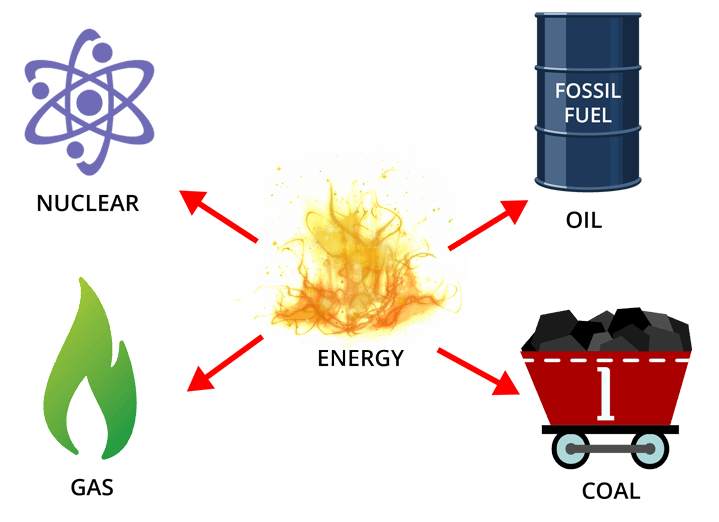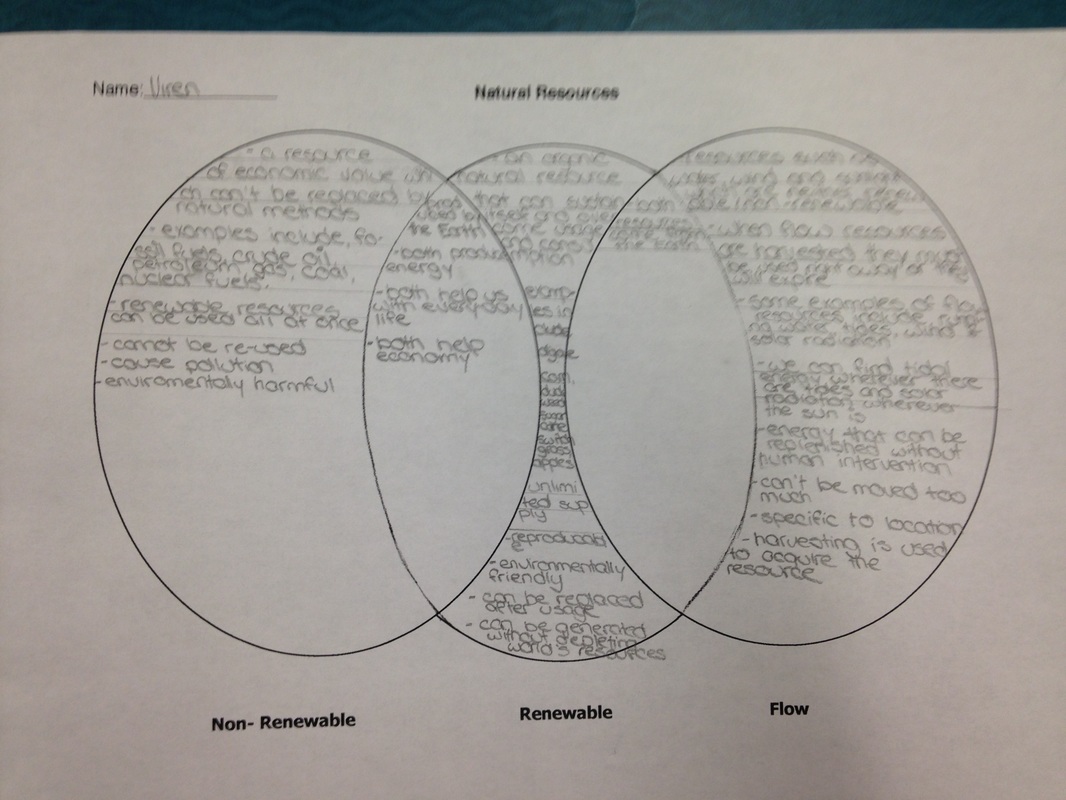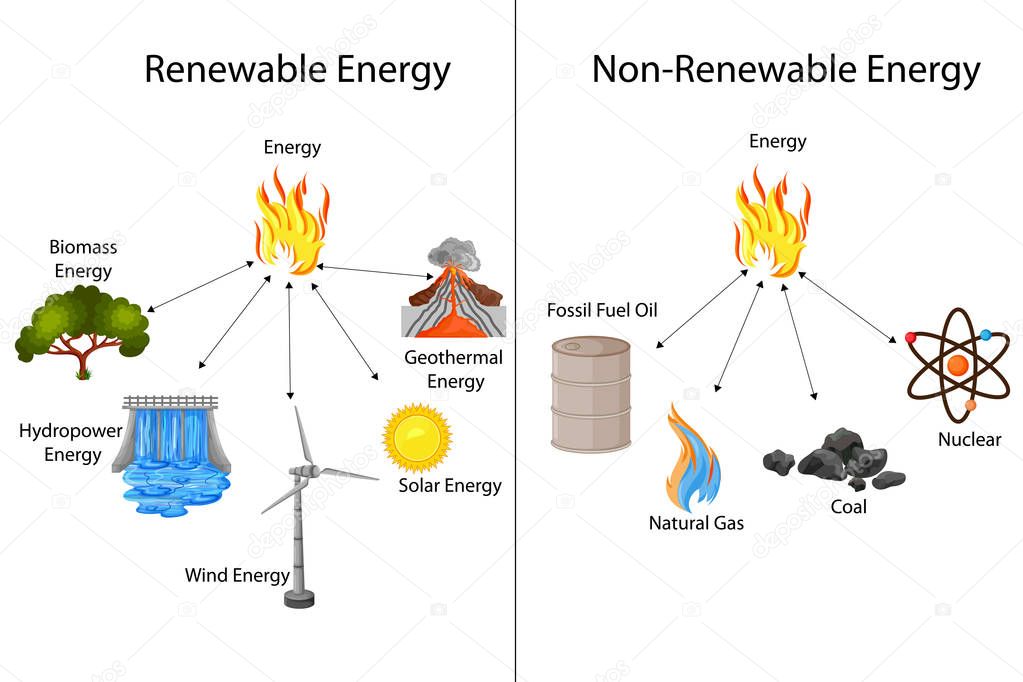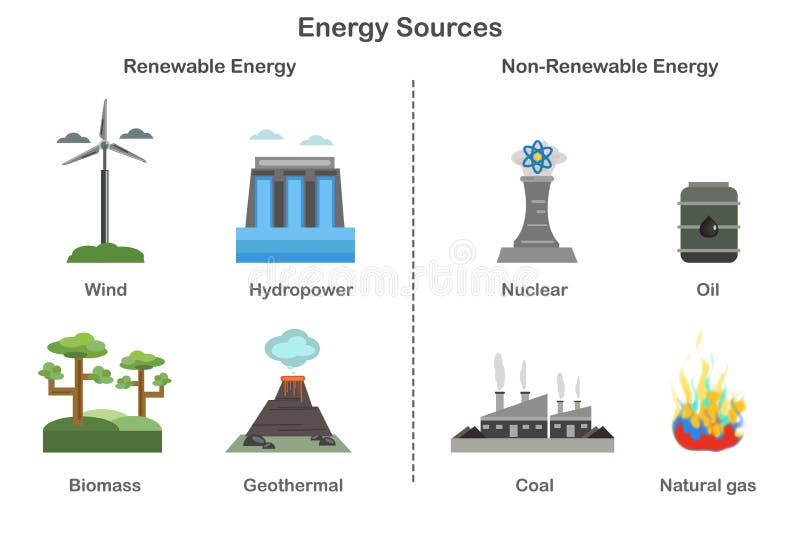
renewable resource worksheet
pdf, 899.89 KB An interactive digital Venn diagram covering the features of renewable and non-renewable energy. A great interactive activity for comparing and contrasting these two types of energy. Includes the following: Venn diagram blank template Features of renewable and non-renewable energy information boxes Venn diagram solution

👍 Sample of renewable resources. What Are Some Examples of Non. 20190130
Comparison Chart. Renewable resources refers to the resources which replaces itself naturally, in a short period. Non-renewable resources are the one that are not capable of replacing itself, in near future. Rate of renewal is greater than the rate of consumption. Rate of renewal is lower than the rate of consumption.

10 Examples Of Non Renewable Resources Online Sellers, Save 44 jlcatj.gob.mx
Start Quiz Explore the difference between Renewable and Non-renewable Resources. Discover how they vary from each other and learn if they have any similarities

Venn Diagram Of Renewable And Nonrenewable Resources
Diagram of Renewable and Non-Renewable Energy Source publication +10 GREEN ENERGY: The NEED of the WORLD Article Full-text available Oct 2015 Vijay Laxmi Kalyani Manisha Kumari Dudy Shikha.

Natural Gas Non Renewable Outlet Store, Save 69 jlcatj.gob.mx
Renewable vs. Nonrenewable Energy Resources Compares and contrasts renewable and nonrenewable energy resources, which is based on whether a resource can be replaced faster than it is used or not. Estimated 5 mins to complete

Renewable and Non renewable sources of Energy Diagram vector illustration Stock Vector Adobe Stock
A non-renewable resource (also called a finite resource) is a natural resource that cannot be readily replaced by natural means at a pace quick enough to keep up with consumption. An example is carbon-based fossil fuels. The original organic matter, with the aid of heat and pressure, becomes a fuel such as oil or gas.

Geography Venn Diagram (Flow, NonRenewable and Renewable Resources) Viren's Geography Site
Figure 1. The five sources of renewable energy. copyright Summary In this lesson, students are introduced to the five types of renewable energy resources by engaging in various activities to help them understand the transformation of energy (solar, water and wind) into electricity.

Renewable and nonrenewable energy sources poster on white Non renewable energy, Renewable
In contrast, non-renewable resources are those that are available to us in limited quantities, or those that are renewed so slowly that the rate at which they are consumed is too fast. This means that their stocks are getting depleted before they can replenish naturally.

Diagram Of Renewable And Non Renewable Energy Download Scientific Diagram Gambaran
Key fact A non-renewable energy resource is one that has a finite supply and it will run out at some stage. They are used faster than they can be replaced. Fossil fuels such as oil, natural.

Renewable Non Renewable Sources Energy Stock Illustrations 128 Renewable Non Renewable Sources
Activity DEVELOP For Educator Non-Renewable Energy Resources How does the supply of non-renewable resources affect our supply of electricity? For the complete activity with media resources, visit: http://www.connectenergyed.org/education/activity/non-renewable-energy-resources/

What are natural resources ? 3+ Important facts of Renewable or Nonrenewable
Non-renewable resources are resources that are not easily replenished by the environment. Example: Fossil fuels and minerals. definition. Differentiate between green and brown energy Brown energy is the traditional type of electricity that is produced through the normal means. Typically, this refers to electric plants that produce power with.

Venn Diagram Of Renewable And Nonrenewable Resources
Overall, the diagram represents a flow-through system, with some recycling to extend the lifetime of metals within the economy. Source: Modified from Freedman (1995).. 6% from coal, and 7% from nuclear energy (Figure 13.3). These non-renewable energy sources account for 72% of the total use of primary energy in Canada. Most of the remaining.

Renewable and Nonrenewable EnergyDefinition, Resources, Types, Differences, PDF Learn Mechanical
Venn Diagram Non-renewable vs Renewable Resource [classic] by Peter Chnn Edit this Template Use Creately's easy online diagram editor to edit this diagram, collaborate with others and export results to multiple image formats. Biology 1 Honors You can easily edit this template using Creately's venn diagram maker.

Non Renewable Energy Types Examples Advantages Disadvantages Gambaran
Nonrenewable energy comes from sources that will run out or will not be replenished in our lifetimes—or even in many, many lifetimes. Most nonrenewable energy sources are fossil fuels: coal, petroleum, and natural gas. Carbon is the main element in fossil fuels. For this reason, the time period that fossil fuels formed (about 360-300 million.

Renewable Non Renewable Energy Science Cut Sort Amp Paste Worksheet Gambaran
The non-renewable energy resources are: Coal Nuclear Oil Natural gas Renewable resources, on the other hand, replenish themselves. The five major renewable energy resources are: Solar Wind Water, also called hydro Biomass, or organic material from plants and animals Geothermal, which is naturally occurring heat from the earth

Renewable & Nonrenewable Resources
Nonrenewable energy sources include nuclear energy as well as fossil fuels such as coal, crude oil, and natural gas. These energy sources have a finite supply, and often emit harmful pollutants into the environment. Renewable energy sources are those that are naturally replenished on a relatively short timescale.